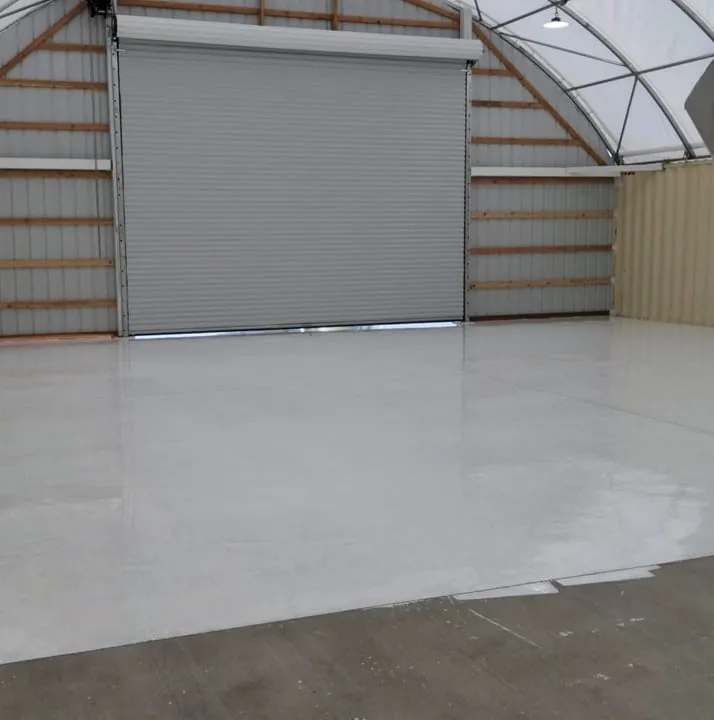No products in the cart.
Return To ShopE700HV Exceptionally Tough Surface | Abrasion & Chemical Resistant
E700HV is an exceptionally tough two component 97% solids colored epoxy floor coating designed for wide range of commercial, industrial and residential applications where a low cost, high build, abrasion, impact and chemical resistant floor system is needed. Due to its superior surface protection, the E700HV eliminates the need for a urethane or polyaspartic protective topcoat for many projects, saving both time and money.
Available in a very high gloss with a wide selection of 20 color options. Comes in 1 quart, 3/4 gallon, 1.5 gallon, 2.9 gallon and 14.5 gallon kits.
The E700HV Epoxy not compatible with or designed for flake/chip floor systems requiring a topcoat. For flakes/chips epoxy systems look at E707HB Epoxy
Requires use of compatible epoxy primer for best results.
PRIMER: To reduce chance of concrete outgassing or enhance color saturation, recommend E5015 Water Based Epoxy comes in 20 colors to match topcoat. For quick recoat, one day day project OR application in damp conditions recommend E155CL Epoxy Clear Primer with recoat in 30 min – 1-1/2 hour for 100% solids topcoats and application over damp or moist concrete.
TOPCOAT: Due to its exceptionally hard surface, not recommended to topcoat E700HV. Can apply multiple coats E700HV during the recoat window
Where is E700HV Epoxy Used?
- Garages
- Basements
- Auto Service Centers
- Warehouses
- Laboratories
- Cafeterias
Why E700HV Epoxy?
- Saves Money – Eliminates Need for Urethane or Polyaspartic Topcoat
- Extremely Tough D-90 Shore Hardness
- Exceptional Abrasion resistance Only 19 mg loss (Tabor test)
- Excellent Adhesion 420 psi
- Good Chemical Resistance
- Great Looking Very High gloss (80-105 at 60 degrees @ glossmeter)
- 97% Solids Commercial Epoxy
- High build 15-30 mils one coat (53 – 106 sq’/gal)
- Wide Variety of 20 Colors
